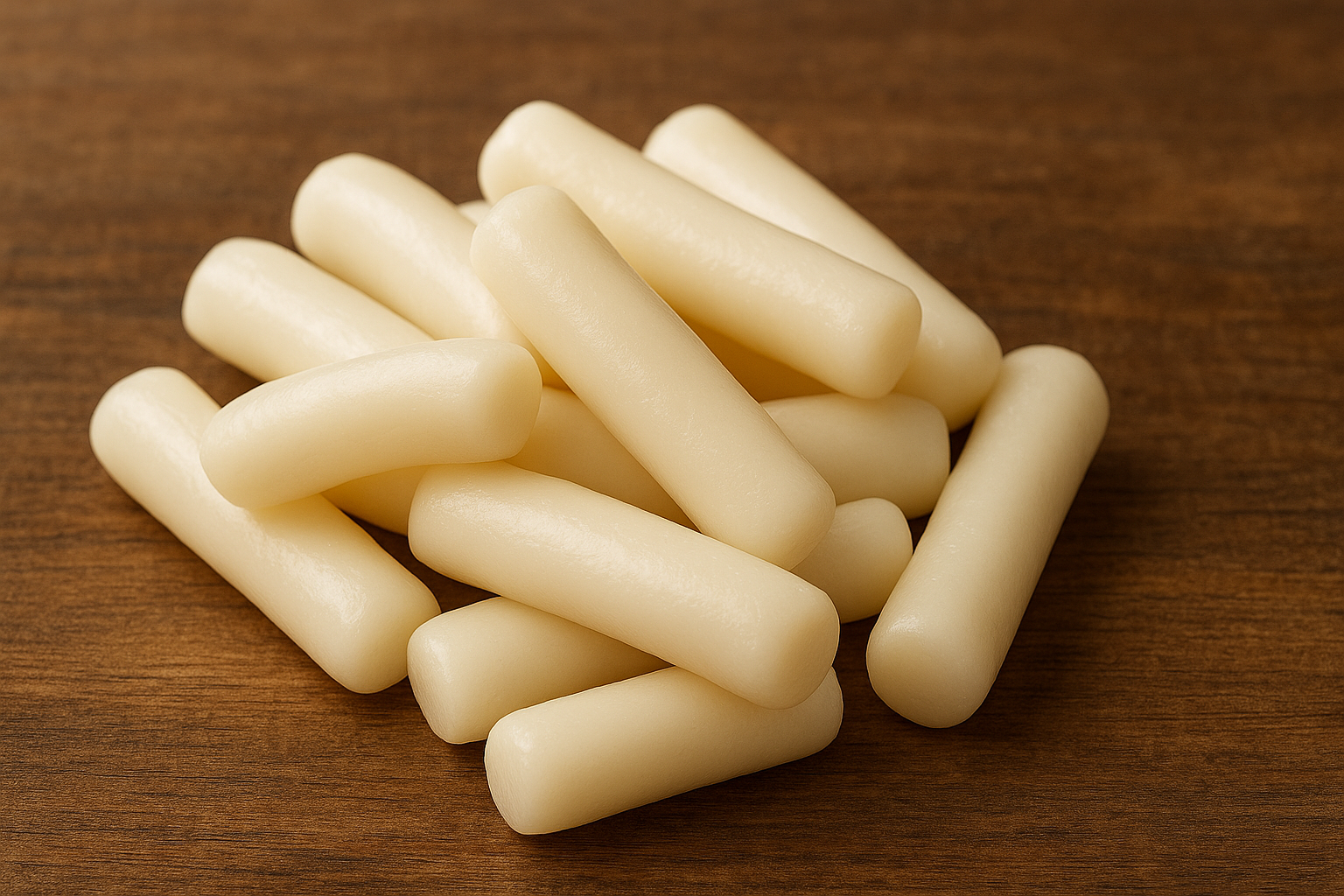1. The Principle of Resistant Starch
It is a well-known fact that cooling rice or potatoes increases ‘resistant starch,’ which helps to moderate the rise in blood sugar. This occurs because as the starch cools, its molecular structure changes into a form that is difficult to digest.
2. The Case of Tteok is Different
However, this effect does not appear to the same significant degree in all carbohydrate foods. Tteok is a food made by steaming and pounding rice until the grain structure is completely gone.
– Structural Difference: The starch structure in tteok is much more densely and tightly packed than in cooked rice grains. Because of this, the proportion that converts to resistant starch upon cooling is very small.
– Minimal Effect: According to research, even when tteok is frozen and then thawed, the amount of resistant starch increases only very slightly or almost not at all. This means not enough is generated to make a meaningful difference to blood sugar levels.
3. The Unchanging Nature
In conclusion, eating frozen and thawed tteok does not significantly change its fundamental property of spiking blood sugar. Tteok remains a ‘highly concentrated refined carbohydrate’ with very fast digestion and absorption, and it is a food that people with diabetes must be very cautious about consuming. The belief that ‘it’s fine if it’s frozen’ is a dangerous misconception.
Summary: Unlike rice, tteok generates almost no resistant starch that can moderate blood sugar rise, even when frozen and thawed. Regardless of the preparation method, you must be cautious as tteok can always cause a sharp spike in blood sugar.


Leave a Reply